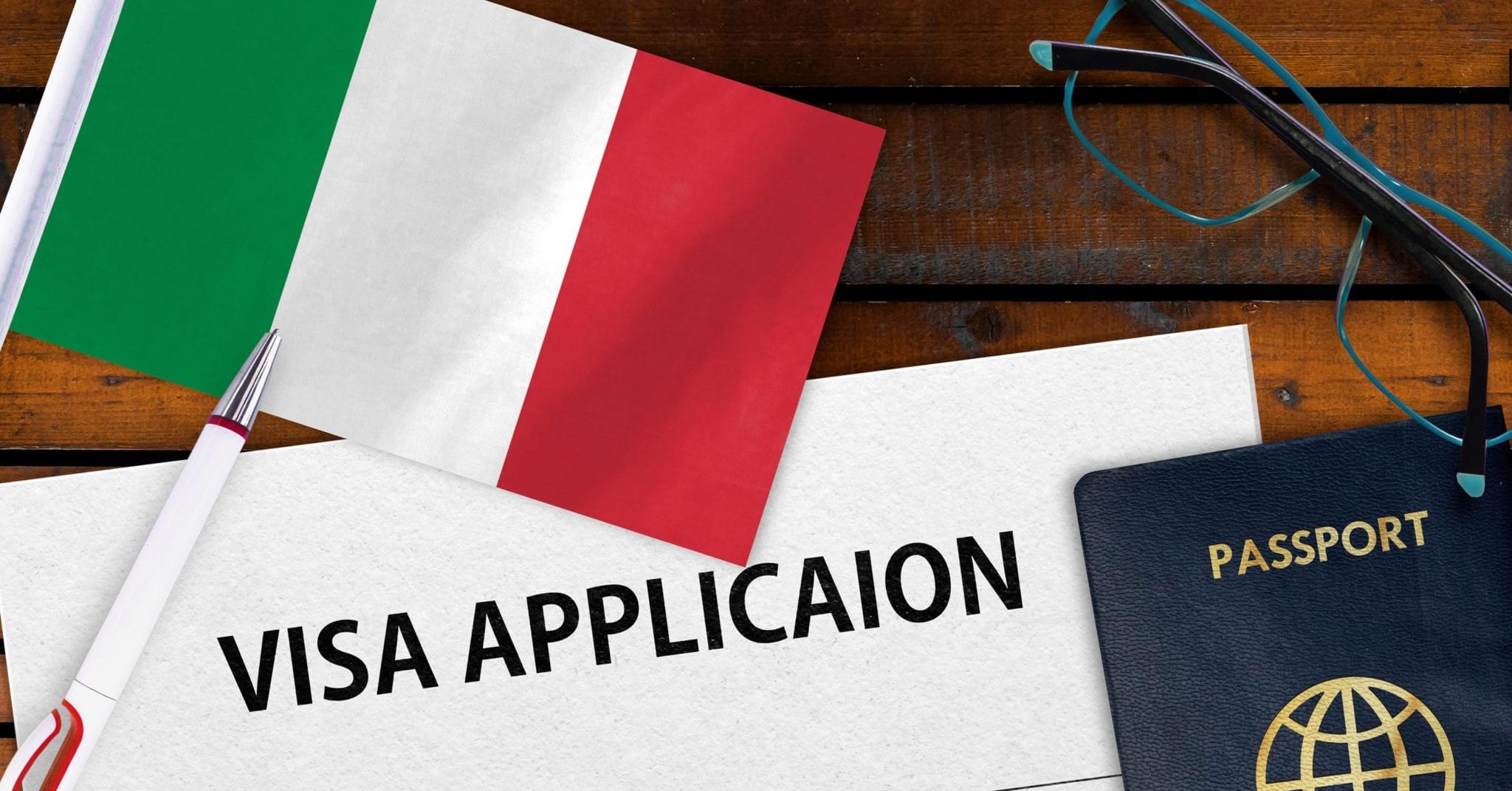Imagine living in Italy- a country celebrated for its enchanting beauty, rich history, and vibrant culture. This may sound like a distant dream, but it’s becoming an attainable reality for many.
According to Statista, in 2020, over 131,800 individuals embraced Italian citizenship, a 4% increase compared to the previous year. Considering these numbers, we could say that Italian Citizenship by Descent is very trending for American Citizens, encouraging them to explore paths to obtain an Italian Visa. Such a surge in interest underscores the need to have accurate information and a skilled immigration lawyer by your side.
With this in mind, we’ll share the process of successfully applying for Italian Citizenship by Descent in this article. Let’s begin!
What is Italian Citizenship by Descent?
Italian Citizenship by Descent, also known as “Jure Sanguinis,” allows people with Italian ancestors to claim citizenship. It’s based on the principle that Italian bloodlines carry the right to Italian nationality.
This is different from citizenship through residency, marriage, or naturalization. To begin, identify if any of your ancestors were Italian. This can be a parent, grandparent, great-grandparent, or even a more distant relative, as long as you can trace your direct Descent from this person.
You also need to ensure they passed on this right before becoming a citizen of another country. In other words, the Italian citizenship must have been intact and legally transmissible at the time of each descendant’s birth up to you.
It is also noteworthy that Italy allows dual citizenship, meaning you can retain your current nationality while obtaining Italian citizenship. This is a significant advantage for many applicants.
Gathering Required Documents
The first and most crucial step in your journey to Italian citizenship is collecting the right documents. You need to find and organize various official papers. This includes birth, marriage, and death certificates of your Italian ancestors and their direct descendants.
Additionally, gather proof that your ancestor was an Italian citizen when they left Italy and you were born. Make sure documents not from Italy are translated and apostilled, which means they’re officially recognized. This step takes time and attention to detail, but it’s vital for a successful application.
Click Here – What Is An RBI In Softball?
Of course, this is not going to be an easy process, so you must consult a lawyer who can help you get Italian citizenship by Descent. They are generally well-versed with all the rules, regulations, and amendments. So, they can assist you in getting these papers in order and ensure you’re on the right track to claiming your Italian heritage.
Typically, you’d need:
- An official copy of your birth certificate.
- A valid passport for identification.
- Birth, marriage, and death certificates of your Italian ancestor(s). These documents must be from Italy.
- Documents proving that your ancestor was still an Italian citizen at the time of their child’s birth and when they emigrated (if applicable).
- If your ancestor became a citizen of another country (e.g., the United States), you need their naturalization records or proof that they never naturalized before the birth of their next descendant.
All non-Italian documents must be translated into Italian. The translations typically need to be done by a certified translator.
The consulate appointment is a vital step in your visa journey. First, arrange a meeting at the nearest Italian consulate. Be prepared for a possibly long wait, as patience is key here.
At the appointment, you’ll need to present your case and submit all required documents clearly. It’s common for consulate officials to ask additional questions or request more documents. This is where having a lawyer can be particularly helpful. An experienced immigration lawyer can provide guidance on what to expect, help prepare the necessary documentation, and offer support in responding to any queries from the consulate staff.
In essence, their expertise can make the process smoother and increase your chances of a successful application. Remember, the consulate staff are there to help, so maintaining a positive and cooperative approach is beneficial.
Post-Application Steps and Dual Citizenship
After submitting your application, you need to wait for a response. The time it takes can vary, but once your application is approved, exciting changes happen. You’ll be registered in an Italian town connected to your family’s past, officially making you an Italian citizen.
This big step gives you dual citizenship, meaning you’re a citizen of both Italy and your home country. With this, you get special rights like living, working, and studying in Italy and other European Union countries. This is a great chance to explore new opportunities and connect with your heritage in a deeper way.
Final Thoughts
Applying for Italian Citizenship by Descent is a journey that requires patience, thoroughness, and an understanding of Italian legal intricacies. You must also remember that each case is unique, so seeking professional advice is always recommended. Buona fortuna!

